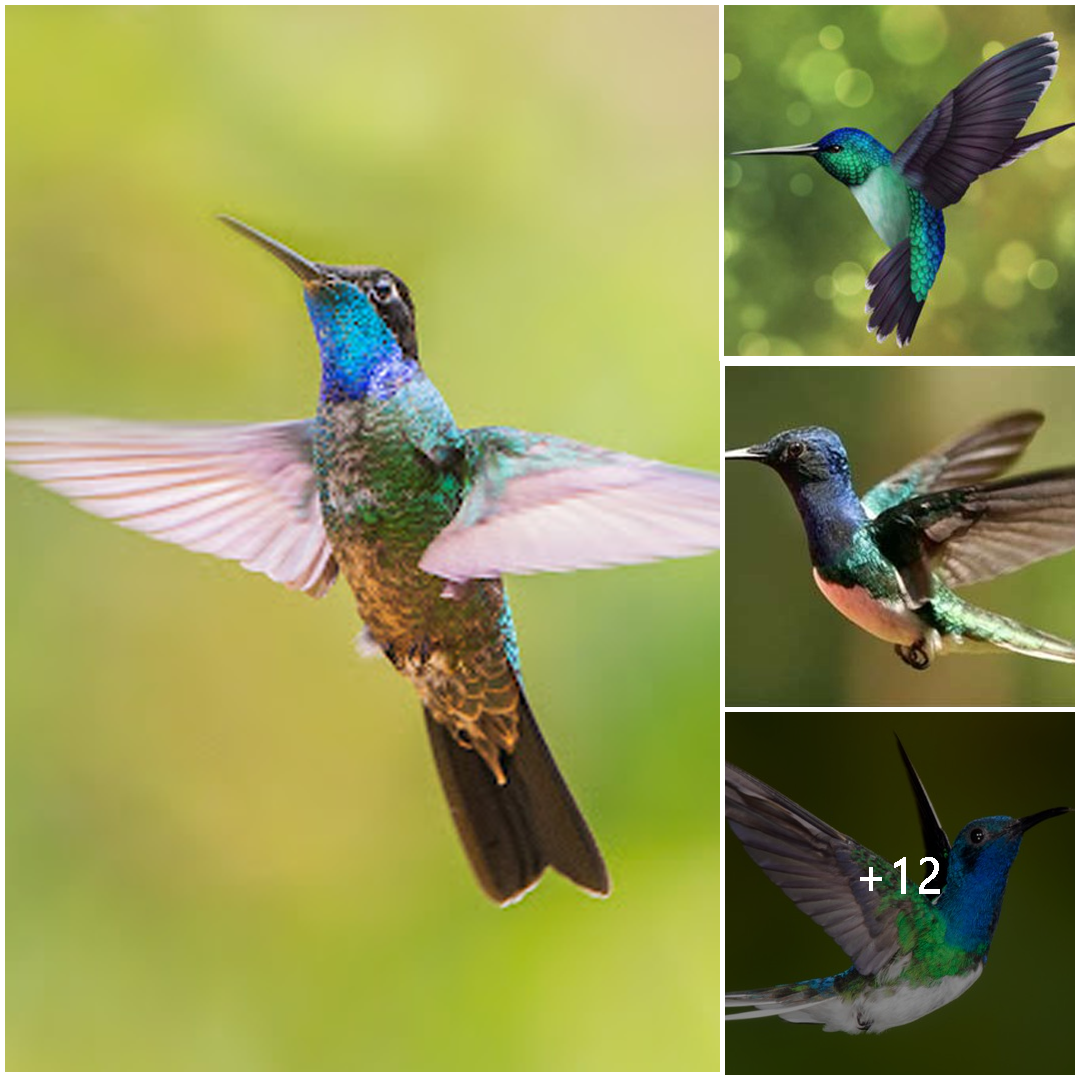
The Housefly: An Inconspicuous yet Intriguing Insect
The common housefly, scientifically known as Musca domestica, is a ubiquitous insect found in households, agricultural settings, and urban environments worldwide. While often overlooked, these small creatures play significant roles in various ecological processes and have fascinating characteristics worth exploring.
Physical Characteristics
Houseflies typically measure between 6 to 7 millimeters in length and have a gray thorax with four narrow black stripes. Their abdomen is usually gray or olive-green, and they have large, reddish-brown compound eyes, which provide them with a wide field of vision. Houseflies have a pair of transparent wings and six legs equipped with adhesive pads that enable them to walk on vertical surfaces and ceilings.
Lifecycle and Reproduction
Houseflies undergo complete metamorphosis, starting as eggs laid by adult females in decaying organic matter, such as garbage, manure, or food waste. The eggs hatch into larvae, commonly known as maggots, which feed voraciously on organic material for several days before pupating. During the pupal stage, the larvae transform into adult flies, emerging after several days as fully developed houseflies.
Ecological Significance
Despite their reputation as pests, houseflies serve essential ecological roles. As decomposers, they aid in the breakdown of organic matter, contributing to nutrient recycling and soil fertility. Additionally, housefly larvae play a crucial role in waste decomposition and are used in various applications, such as composting and wastewater treatment.
Behavior and Feeding Habits
Houseflies are primarily attracted to decaying organic matter and often breed in environments rich in fermenting materials. They possess specialized mouthparts that allow them to ingest liquefied substances, enabling them to feed on a wide range of food sources, including animal feces, rotting fruits, and organic residues.
Health Concerns
While houseflies play essential ecological roles, they are also vectors of various pathogens and can transmit diseases to humans and animals. Contaminated surfaces and food items can harbor disease-causing microorganisms, including bacteria, viruses, and parasites, which may pose health risks if ingested or transferred to open wounds.
Control and Management
Effective housefly control strategies often involve sanitation practices aimed at eliminating breeding sites and reducing attractants, such as uncovered food, garbage accumulation, and animal waste. Additionally, mechanical and chemical control methods, such as fly traps, insecticides, and biological control agents, may be employed to manage housefly populations in residential, agricultural, and industrial settings.
Conclusion
Despite their small size, houseflies play significant ecological roles and have adapted to thrive in diverse environments. Understanding their lifecycle, behavior, and ecological significance is essential for effective pest management and disease prevention efforts. By implementing appropriate control measures and practicing good sanitation practices, individuals can minimize housefly populations and reduce the associated health risks in their surroundings.





